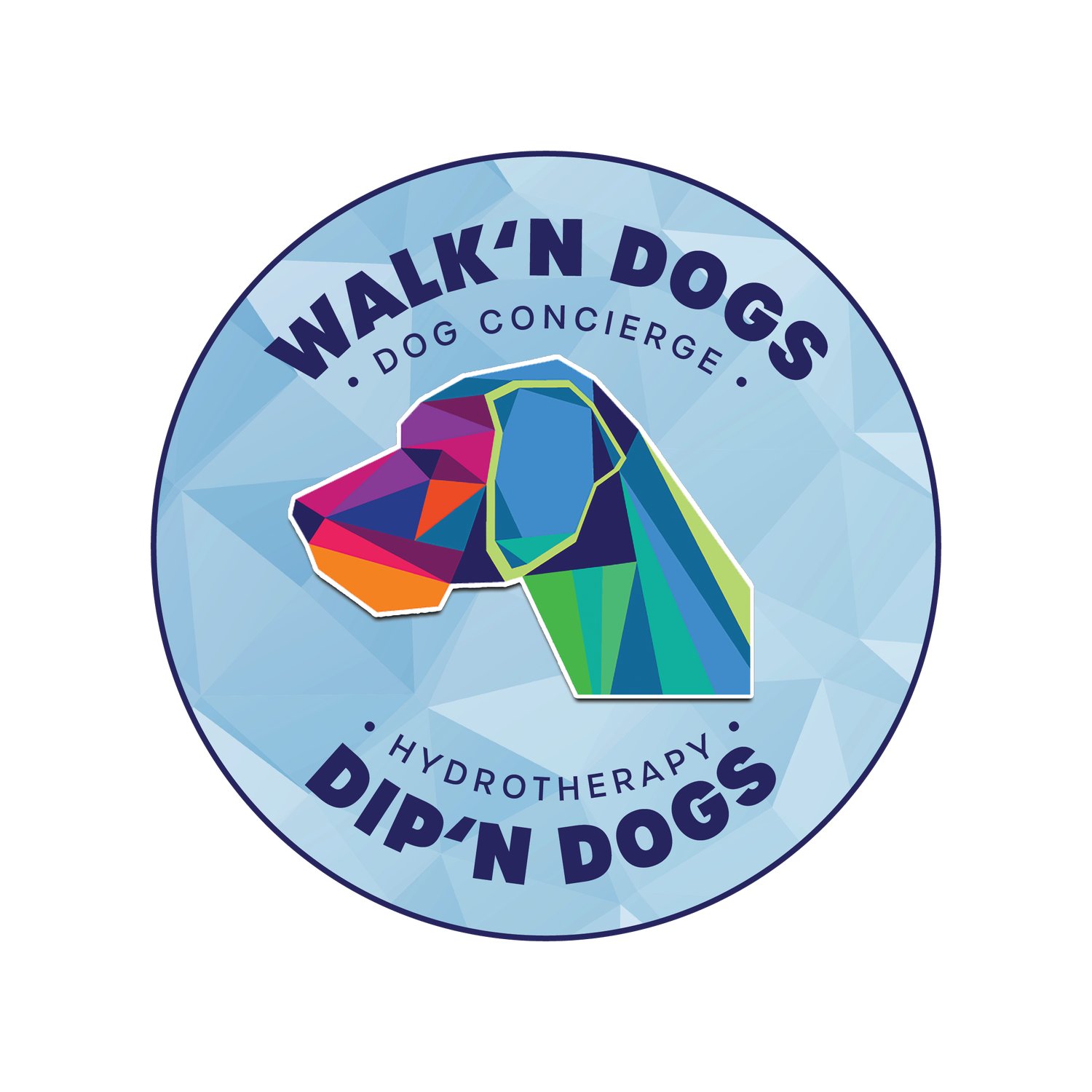Canine Massage: How to for Dog Owners
Help your dog stay fit and flexible with these massage and stretch techniques
For many of our dogs, especially as they age, joint degeneration, muscle atrophy, loss of flexibility and subsequent pain are all too common. Considering that conventional options for treating a dog's pain and arthritis are limited (typically, prescription drugs and/or surgery), it is important to seek out natural ways to increase our pups’ longevity and minimize their pain.
Think of your dog’s body as a complete system. For optimal functioning, all parts must be in balance. To keep your dog fit, flexible and feeling great, provide proper nutrition and consistent movement, and minimize the toxins your pooch is exposed to. And remember, movement is how the body heals.
Pay attention to your dog’s habits to discern what she needs to feel great. Does she get up slowly? Resist going up or down stairs? Seem down in the dumps? Lure her out of the doghouse! Coax her off the couch! Get moving! Dogs can maintain and even improve mobility and range of motion of the joints with just a few minutes of stretching and massage each day.
When it comes to health, mobility and pain management, consistency, rather than intensity, is key. Once you have the green light from your vet, incorporate the following dog stretches, rubs and dog massages into your dog’s routine to put the spring back in her step.
Stretching Benefits:
• Keeps muscles supple and flexible.
• Boosts circulation.
• Increases oxygenation and hydration.
• Enhances dog/owner bond.
• Engenders feelings of calm and contentment.
Sacrum & Back Rub
Nothing stops a dog in her tracks faster than the sacrum rub. Keep her back in tip-top shape—and nerve impingement to a minimum—with some light massage. The sacrum is located above the base of the tail, between the hipbones.
Use light pressure and circular movements over this hard flat surface and watch your pet smile. Proceed up the length of your dog’s spine with gentle massage strokes. (When in direct contact with spinal vertebrae, use very little pressure.)
RESULTS: Increased spinal fluid flow, root chakra balance, decreased anxiety, mobility of the hips and spine, freedom of movement.
Rear Leg Stretch
Decreased mobility of the hips and deterioration of the knee are major problems for the elderly canine. Keep your dog perky by loosening up her hip, lower back and leg muscles. This dog stretch will surely become a favorite. Take hold of her rear leg near the knee and gently pull the leg back in an extended position. Move slowly and confidently. Hold the stretch for a few seconds, release and repeat.
RESULTS: Increased mobility of the hips and flexibility in the spine; decreased pain associated with arthritis; improved health of the low back, hip and leg muscles; oxygenation of the ankle, knee and hip.
Shoulder Stretch
More than 60 percent of your dog’s body weight is absorbed by her shoulders. Improved range of motion at the shoulder equals greater mobility; less pain; and looser chest, shoulder and upper back muscles. Move your dog’s front leg forward in an extended position. (Stabilize movement at the elbow for a more intense stretch.) Hold this dog stretch for a few seconds, release and repeat. Once you have completed this shoulder stretch, move the dog's leg forward and back in a pendulum movement to further release the muscles of the shoulder, chest and back.
RESULTS: Integrity of the shoulder girdle; increased breathing capacity; improved health of the wrist, elbow and shoulder; decreased pain; freedom of movement.
Chest Opener
Your dog’s chest musculature takes a tremendous amount of strain. Please your pup with this abduction (away from center) stretch. Take hold of her front legs near the wrists and gently open them out to the side. Hold for a few seconds, release and repeat. Finish up with a gentle chest massage.
RESULTS: Softening of the brachial and cardiac plexus, ensuring a calm canine; heart chakra balance; hydration of the chest, shoulder and intercostal (between the ribs) muscles; increased breathing capacity.
Tummy Rub
Your dog’s soft belly is a sensitive area, so please be especially gentle when touching this spot. Gently place your hand on her belly, wait for a pulse or heat, then release and repeat. Move hands in a clockwise circular motion to treat constipation; use a counterclockwise motion to treat diarrhea.
RESULTS: Decreased anxiety; loosening of the muscles along the front of the spine; increased mobility of hips, low back and spine; softening of the solar plexus and diaphragm; increased breathing capacity.
Note: All moves can be performed while your dog is either standing or lying down; it’s up to the pup.
Follow these guidelines to ensure a wonderful dog stretch and massage experience:
• Be gentle, patient and attentive.
• Set your intention on healing.
• Watch for signs of discomfort and adjust your approach accordingly.
• Provide a safe, quiet environment when using “hands-on” modalities.
• Take note of bumps, areas of heat and sensitivity, and changes in the skin and fur.
• Discuss all abnormal findings with your vet.
• Follow your dog’s lead.



